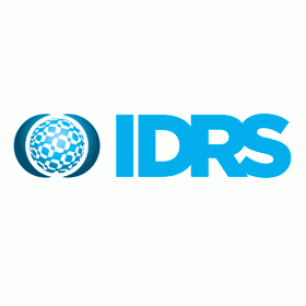The Illicit Drug Reporting System (IDRS) aims to provide a national coordinated approach to monitoring data on the use of opioids, cocaine, methamphetamine and cannabis. It is intended to act as a strategic early warning system that identifies emerging drug problems of state and national concern. Rather than describe such phenomena in detail, the IDRS is designed to be timely and sensitive to emerging drug trends, thereby providing direction for more detailed data collection.
The IDRS is funded by the Australian Government Department of Health (AGDH). The project is coordinated at the national level by the National Drug and Alcohol Research Centre (NDARC) at the University of New South Wales, thereby ensuring that comparable data is collected in every jurisdiction in Australia.
The IDRS commenced in New South Wales (NSW) in 1997 and has been conducted in Western Australia (WA) since 1999, with the full People Who Inject Drugs (PWID) interview component introduced the following year. This report presents the findings of the last 13 years of data collection in WA. Results are summarised according to the four main drug types, with the use of other drugs also reported. Additionally, this report continues the initiative commenced in 2003 when the IDRS attempted to collect more detailed information on the illicit markets for pharmaceutical drugs. A separate study monitoring trends in ecstasy and related drug use (the Ecstasy and related Drugs Reporting System, or EDRS, formerly known as the Party Drugs Initiative, or PDI) commenced in NSW in 2000 and has been conducted nationally since 2003. The findings from this study are reported elsewhere in Nelson and Lenton (2015).


